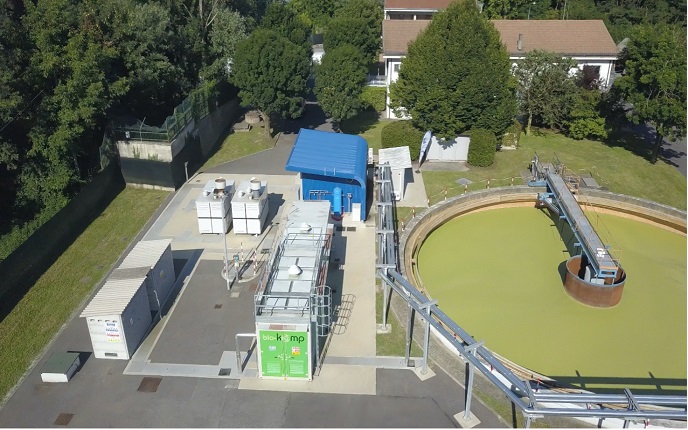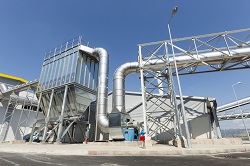New tests show what causes fuel cell degradation
A SOFC unit for producing power has to have a lifetime of at least 10 years, corresponding to between 40 000 and 100 000 hours of operation. Determining long-term stack behaviour, continuous, gradual performance loss has to be reduced to retain power levels within acceptable limits during SOFC operation. Within SOFC-LIFE(opens in new window) (Solid oxide fuel cells – Integrating degradation effects into lifetime prediction models), scientists identified a possible major contributor to SOFC degradation. Experimental work demonstrated that the interface contact area between the cell cathode and the metallic interconnect is a key factor affecting SOFC output power density. To arrive at this conclusion, the team deconstructed the SOFC stack into isolated elements and interfaces exposed to typical conditions of SOFC system operation. They evaluated these components at regular time intervals for a time-lapse approach to anode-side phenomena and cathode-side phenomena. Scientists then focused on four key mechanisms that can increase the electrical resistance of a SOFC stack. These were morphological changes in anode microstructure with time, corrosion of nickel-plated stainless steel of various structural metal parts, stability of cathode electrocatalysts, and processes at the interface between the cathode and metallic interconnect. Only the last was found not to have a negligible impact on SOFC output power. In particular, scientists reported that the contact resistance between the cathode and interconnect substantially increases over time. Other than experimental testing, scientists developed high-level models capable of predicting single degradation phenomena and their combined effects on SOFCs and single repeating units for improved SOFC longevity. Hitherto research has hardly succeeded in linking degradation phenomena in isolated elements and interfaces with larger-scale units as SOFCs or single repeating units. However, the SOFC-LIFE research team significantly contributed to this through its outstanding experimental and theoretical work.







